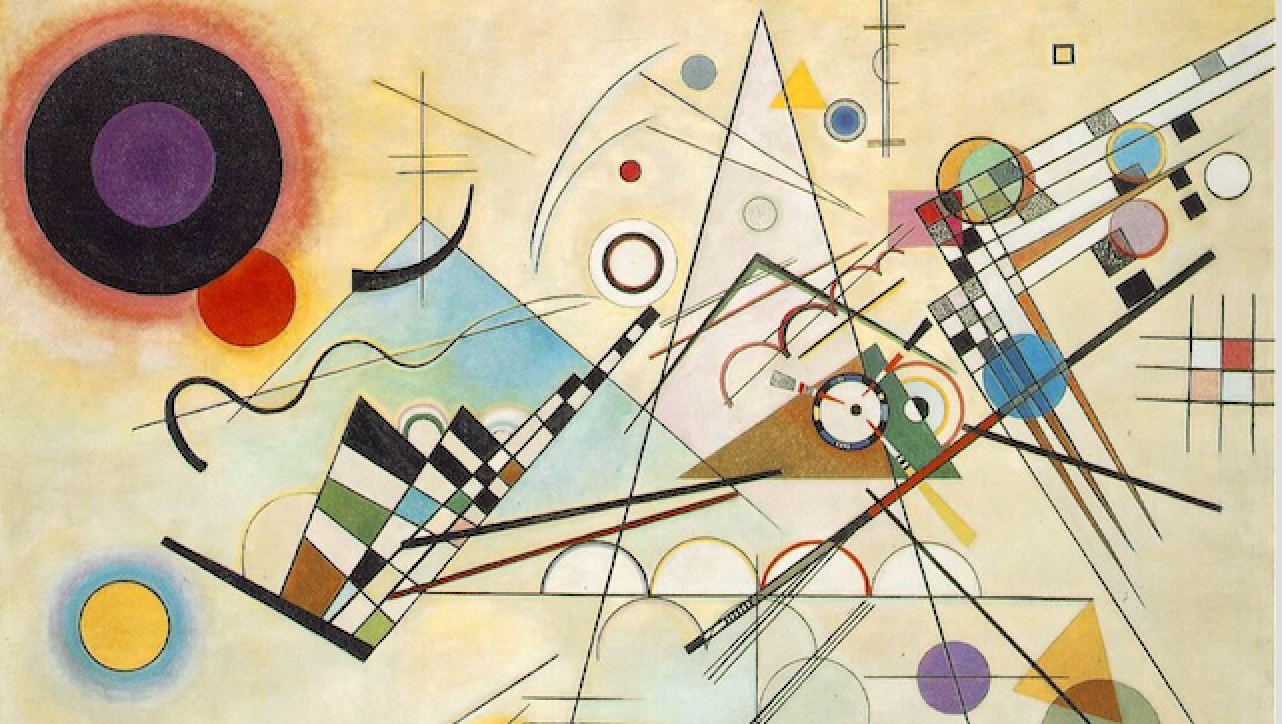IoT: The Ultimate Convergence
The Internet of Things (IoT) marketplace is expected to run into the trillions of dollars during the next 5 years. Gartner estimates 6.4 billion devices will be part of the Internet of Things this year. And they project $3 trillion of endpoint spending by the year 2020. [updated link] Gartner estimates 5.8 billion IoT endpoints will be in use in 2020 with revenue from endpoint electronics totaling $389 billion globally.
In our 2016 predictions blog, we said “If you missed the boat on cloud, you can’t miss it on IoT too”, and “IoT is where Big Data Analytics, Cognitive Computing, and Machine Learning come together for entirely new ways of managing business processes.”
IoT represents the ultimate convergence theme in the marketplace today. IoT includes fixed and mobile edge devices (fog computing), cloud computing, big data, analytics and machine learning, and in many instances can include social and mobile computing as well.

Shared via #WikiArtApp http://bit.ly/18GCSaj
Because of the very large number of devices being incorporated in IoT solutions and because of the high data rates that must be supported at the very edge of a network, IoT also requires embedded computing with low-power processors for preliminary data ingestion and filtering. Data processing at the edge accomplishes two things: firstly, it allows elimination of data that does not need to be transmitted to the central cloud-based data lake. Secondly, it supports preliminary real-time processing of acquired data that can be used for device monitoring and control with immediate feedback and very low latency. Additionally, computing at the edge should be a prerequisite for enabling security of devices and the data at the time of acquisition.
IOT and cloud computing fit together like a hand in a glove. This is only natural with the highly distributed and very dynamic nature of IoT devices and IoT data. Cloud infrastructure provides the most versatile, flexible and adaptable platform for an IoT repository and processing system. Cloud vendors including Amazon (AWS), Microsoft (Azure), IBM (SoftLayer) and Alphabet (Google Compute Engine) are racing to implement IoT capabilities, APIs, and advanced analytics and machine learning solutions in their public cloud environments. For reasons of control and to meet privacy and regulatory requirements, many companies will choose to implement private cloud services as well. Hybrid cloud services will play an important role in IoT.
When it comes to infrastructure within IoT clouds and at the edge, one can imagine every type of processor, network and protocol, servers and storage playing a role – both in distributed and centralized fashions – for IoT environments. Shared APIs and protocols are critical to promote interoperability. End-to-end security is as well an imperative; security is needed within every device and at each and every layer and sub-layer of the solution.
If anything deserves the term Big Data it is IoT. Billions and billions of devices are becoming Internet-enabled and the number of devices engaged in IoT applications will soon exceed the number of people on Earth. Because there are now many Big Data solutions available in public clouds this reinforces the cloud as a natural repository for IoT-generated Big Data lakes.
Analytics and machine learning will be heavily used to extract maximum value from the large amount of data acquired. A very wide range of business intelligence, analytics and machine learning techniques will be required. We foresee that IoT will be a big driver for machine learning advances. Analytics and machine learning will support everything from better operations of the connected devices to better information on how devices are utilized and new value-added services enabled by the device manufacturers.
There is a wide array of potential IoT applications covering every industry: Transportation, Retail, Manufacturing, Energy, Finance, Smart Cities, Healthcare, Agriculture, Government and other areas. Consumer apps are found in areas such as wearables, fitness, smart homes, electronics, and gaming.
Benefits from IoT applications will include improved operational efficiency and reliability, insight into usage patterns, and opportunities for increased revenue and better product design for manufacturers. Just as today we cannot imagine life without the Internet, we will not be able to imagine life without IoT by the beginning of the next decade.
It’s difficult to think of an area that requires a more holistic and converged view than IoT and that is not already a natural subset or example of IoT. Robotics? Drones? 3D printing? …. Every device of value should benefit from being plugged into the Internet, if only for maintenance and monitoring purposes, and these IoT-enabled devices will become available to participate in other IoT apps. At the other end of the data flow, big value comes from analytics services that are applied to a pool of devices and the streaming data they provide.
IT and IoT will become inseparable. IoT requires, incorporates, and benefits from all of the other major themes in IT today and thus we see it as representing the Ultimate Convergence at present.
What is your IoT strategy? OrionX can help.
Stephen Perrenod has lived and worked in Asia, the US, and Europe and possesses business experience across all major geographies in the Asia-Pacific region. He specializes in corporate strategy for market expansion, and cryptocurrency/blockchain on a deep foundation of high performance computing (HPC), cloud computing and big data. He is a prolific blogger and author of a book on cosmology.

